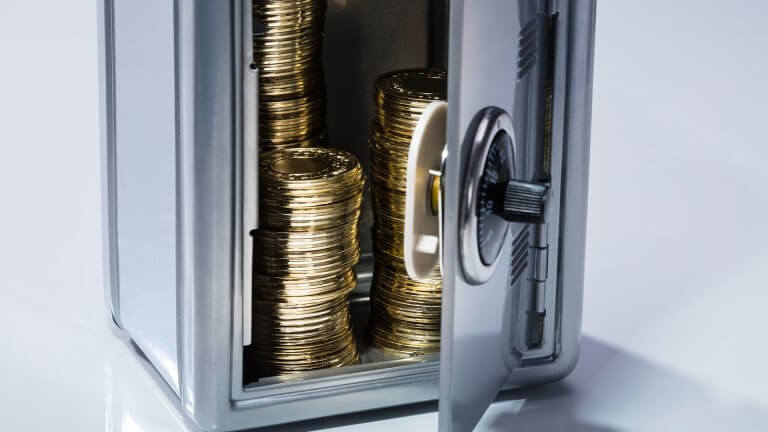
A ploy to stay in the loop or a strategic decision? Simas Simanauskas, Head of Payments at ConnectPay, has explored further what’s in it for the payments processing giants diving into the NFT trend.
A growing number of businesses are joining in on the Non-Fungible Token (NFT) craze. Not long ago, Visa, the payments processing behemoth, bought a “CryptoPunk” – one of the thousands of NFT-based digital avatars, for nearly $150,000 in the cryptocurrency Ethereum. Following the example, Mastercard has recently entered the market as well by announcing a sweepstake to win an NFT. According to Simas Simanauskas, Head of Payments at ConnectPay, the NFT appeal can be attributed to both staying on-trend, liquidity, and its massive future potential.
The NFT market sales volume grew approximately 182 times in the first half of 2021, compared with the same period in 2020, reaching a whopping $2.5 billion. Seemingly everyone–from sports fan platforms to art houses jumped on the bandwagon. According to Simanauskas, while the actual value of NFTs is subject to much debate, it is widely seen as an appealing market for investment.
“VISA’s move to acquire one of the iconic “Cryptopunks” is nothing less than a message that traditional market players are closely following the crypto-space and looking for ways to capture part of that market,” he stated. “When and how they will do it will very much depend on the overall crypto regulation, as well as how fast the biggest crypto wallets and exchanges will adopt rigorous Know-Your-Customer (KYC) regimes.”
Others joining in on the trend
There is little evidence to suggest the NFT boom will dial down anytime soon, which seems to have attracted more payments market players to get on board. For instance, Goldman Sachs has been offering bitcoin futures trading for some time now, while Mastercard has partnered up with Circle to create a solution bridging cryptocurrencies and traditional fiat money for people wanting to spend their digital assets anywhere Mastercard is accepted.
“Since NFT is another use case of blockchain technology that has attracted massive liquidity, there can be no doubt traditional players will seek to stay relevant in the market and will look for ways to cater for NFT traders,” Simanauskas added.
Potential threats for the finance sector
However, where large sums trade hands – fraud is rampant. For instance, earlier this year, a hacker exploited security loopholes on a famous artist’s website and sold a fake Banksy NFT for $336,000. Hence, when it comes to potential threats to the finance sector, for instance, money laundering, Simanauskas notes authentication and systems will need to be made more robust.
“One could argue that a person seeking to launder funds would either buy or create multiple NFTs—which can take only minutes to create—list them on various platforms, buy them using illicit funds from multiple anonymous wallets and legitimize one’s funds as a proud digital artist. That’s not an issue of NFT, but rather one of KYC,” Simanauskas explained. “As long as crypto exchanges will do sloppy KYC and platforms will accept payments from anonymous wallets, the blockchain industry will retain its messy image.”
“On the other hand, many big players in the industry are trying to clear that reputation by bringing more transparency and internal regulation into the way they oversee client transactions. While financial watchdogs are trying to make sense of all this and prepare to regulate the crypto-space, it will largely depend on the blockchain community itself how well they can address AML/CTF and security questions that would make people trust and utilize the technology to the fullest.”























